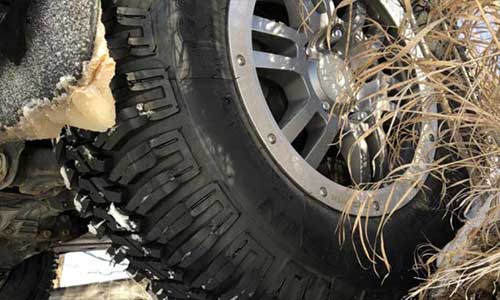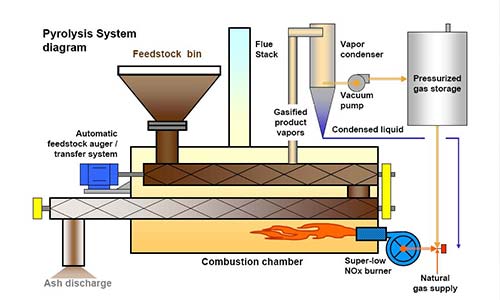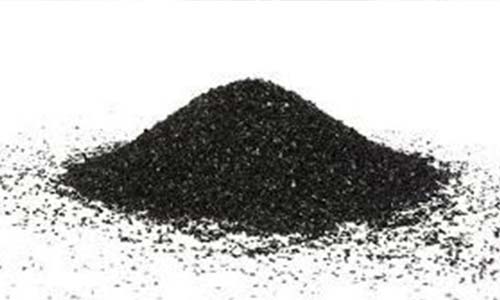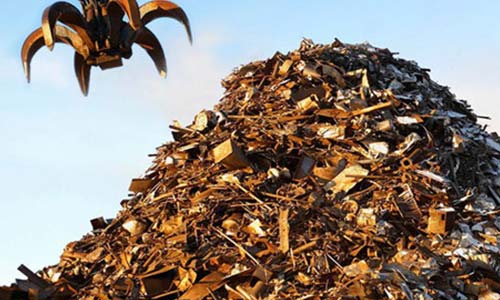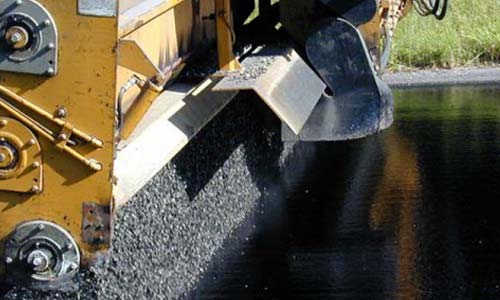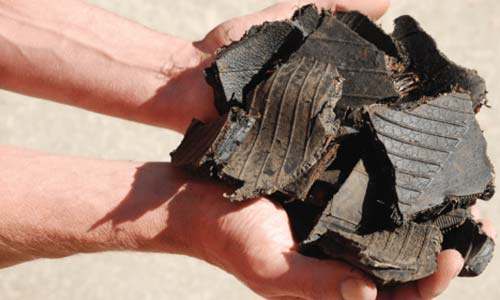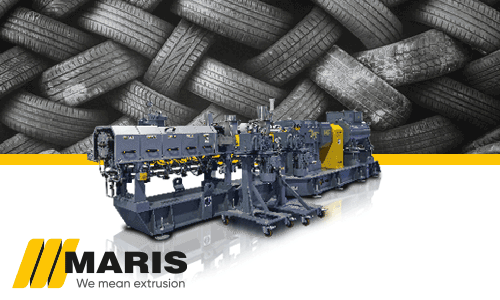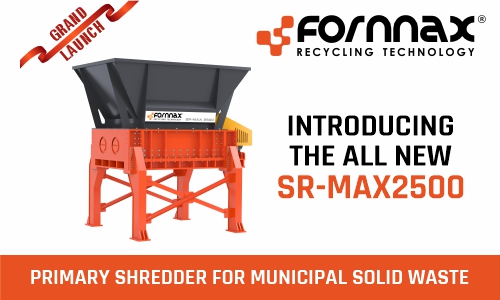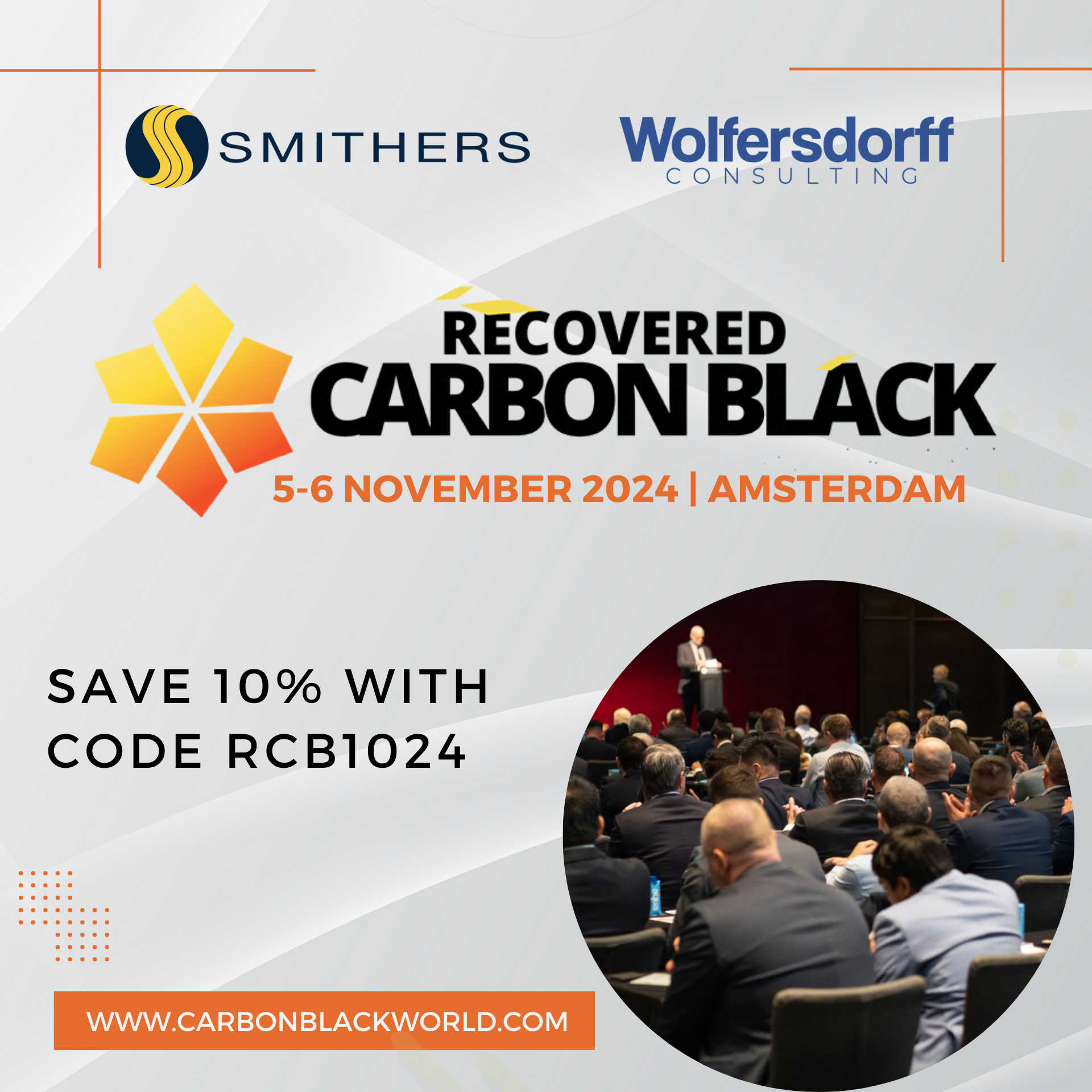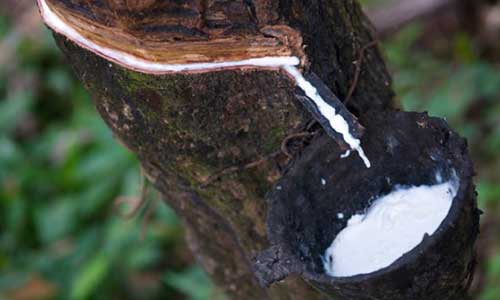
Natural rubber prices expected to decline
According to Hidde Smit – a consultant and analyst of Rubber Forecasts – natural rubber (NR) prices will be going up during the next two quarters of 2017 before commodity surplus weighs in on the market again. Price increase will occur due to severe winter season in Thailand as well as reduction in tapping activities. In his speech during the Tire Technology Expo in Hannover, Germany held this February, Mr. Smit pointed out that tapping intensities in rubber-producing countries went down predominantly due to decreased prices since 2013 (below USD 2.00) as well as severe floods in Thailand – the biggest natural rubber producing country – the beginning of the year.



